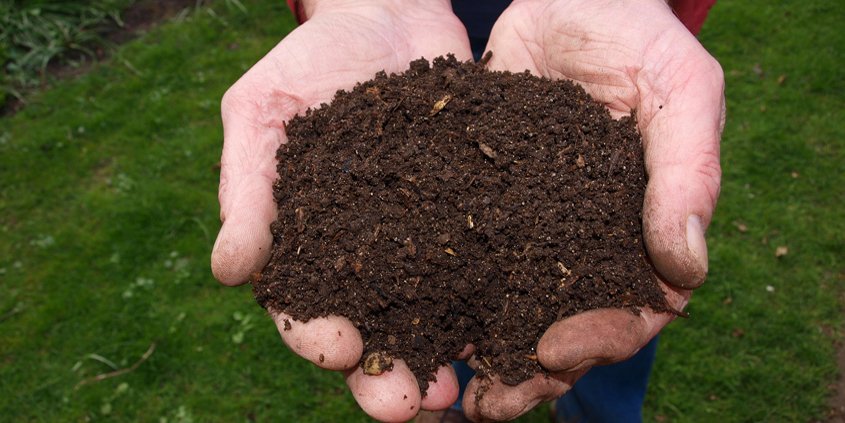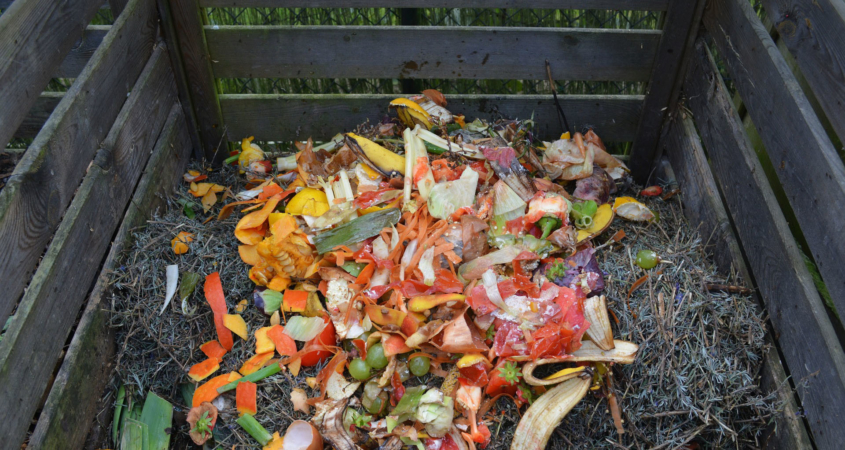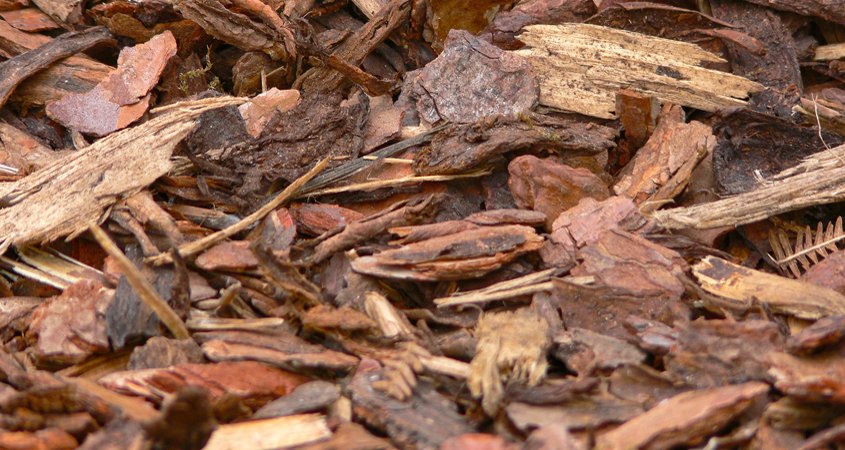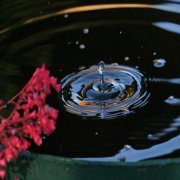 Good quality compost is used to amend your landscape soil by adding valuable nutrients it may be missing. Photo: Joke VanDeLeij/Pixabay
Good quality compost is used to amend your landscape soil by adding valuable nutrients it may be missing. Photo: Joke VanDeLeij/PixabayLet Nature Be Your Guide: Compost vs. Mulch
You may not know the difference between compost and mulch, but your landscape soil does. Compost and mulch represent two different soil treatments with different advantages when used in a watersmart landscape plan.
Compost is made of organic matter such as food scraps, landscape debris, or livestock manure that have already been partially consumed and mostly decomposed by microorganisms. You cannot tell the original source of compost. Good quality compost brings the helpful OWL formula of oxygen, water, and life together in one package. It is used to amend your landscape soil by adding valuable nutrients it may be missing.
Mulch can be either organic or inorganic material that covers soil. Unlike compost, it’s not worked into the soil itself. Another difference is that the original recycled debris source of mulch is often identifiable. Mulch can be made from organic sources (grass clippings, leaf and yard litter, shredded wood trimmings) or inorganic sources such as gravel or decomposed granite (DG). Mulch is a soil topping.
Healthy, biologically diverse mulch contains microbes with the ability to “knit” the organic material together, forming a thick blanket. Mulch covers and protects the soil and plant roots from temperature swings, retains moisture by slowing down evaporation from the surface of the soil; and keeps weeds from sprouting by reducing sunlight penetration to the soil surface.
Top Tips for Using Compost

Compost the right way, including using compost as mulch to prevent erosion and help soil filter pollution. Photo: Ben Kerckx/Pixabay
Compost can be purchased, or it can be homemade. The compost-making process, or composting, involves creating the optimal conditions for the microbes to do their transformative work.
When compost looks like soil, you can work it directly into the soil. When compost is more coarse or has visible bits of the original materials, it is more likely used on top of the soil instead of as an incorporated soil amendment worked in.
Compost works in several ways. The compost itself contains particles that improve soil structure. Next, as compost decomposes in the soil, it encourages the formation of soil macroaggregates. These macroaggregates are composed of existing soil particles and decomposed organic matter, which combine to create a more stable and better functioning soil structure.
Top Tips for Using Mulch

Mulch builds soil structure over time and holds in moisture. Photo: Monsterkoi/Pixabay
Mulch always sits on the surface of your soil. It is never worked in. Recycled organic material is the most effective type of mulch because it builds soil structure over time. It creates a durable, protective barrier.
The smaller the debris pieces are, and the more mixed the organic pieces are, such as leaves with wood chips, the faster it decomposes. When building your soil, small mixed mulch is best. When compost is made from course materials like decomposed granite, you can also apply it to the top of your soil as mulch.
Artificial and inorganic mulches (DG, gravel, rubber chips) are mainly decorative. They do not contribute to soil life or plant health. They are best used in limited applications, such as creating natural pathways.
To learn more about your soil, sign up for Soil & Site Assessments virtual workshop.
This article is part of a year-long series inspired by the 71-page Sustainable Landscapes Program guidebook. The Water Authority and its partners also offer other great resources for landscaping upgrades, including free WaterSmart classes at WaterSmartSD.org.






